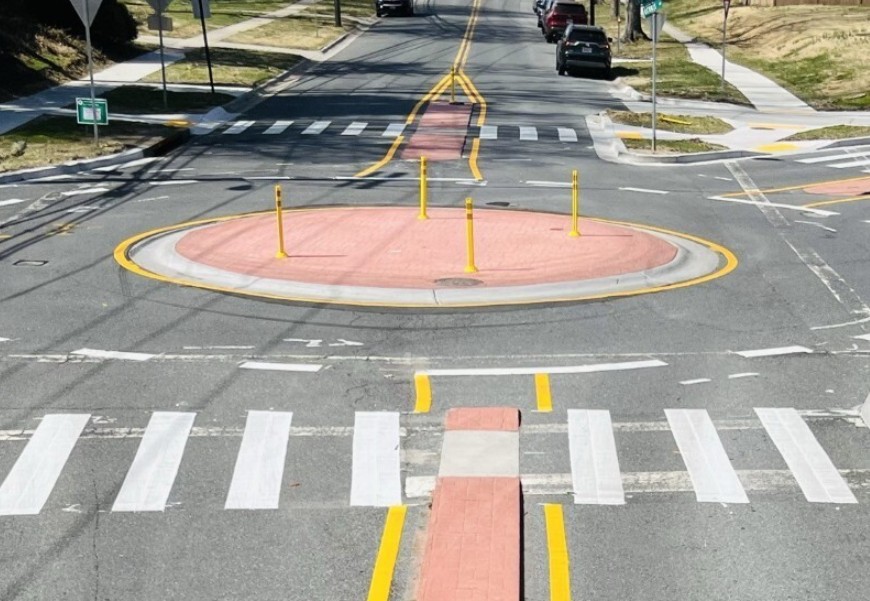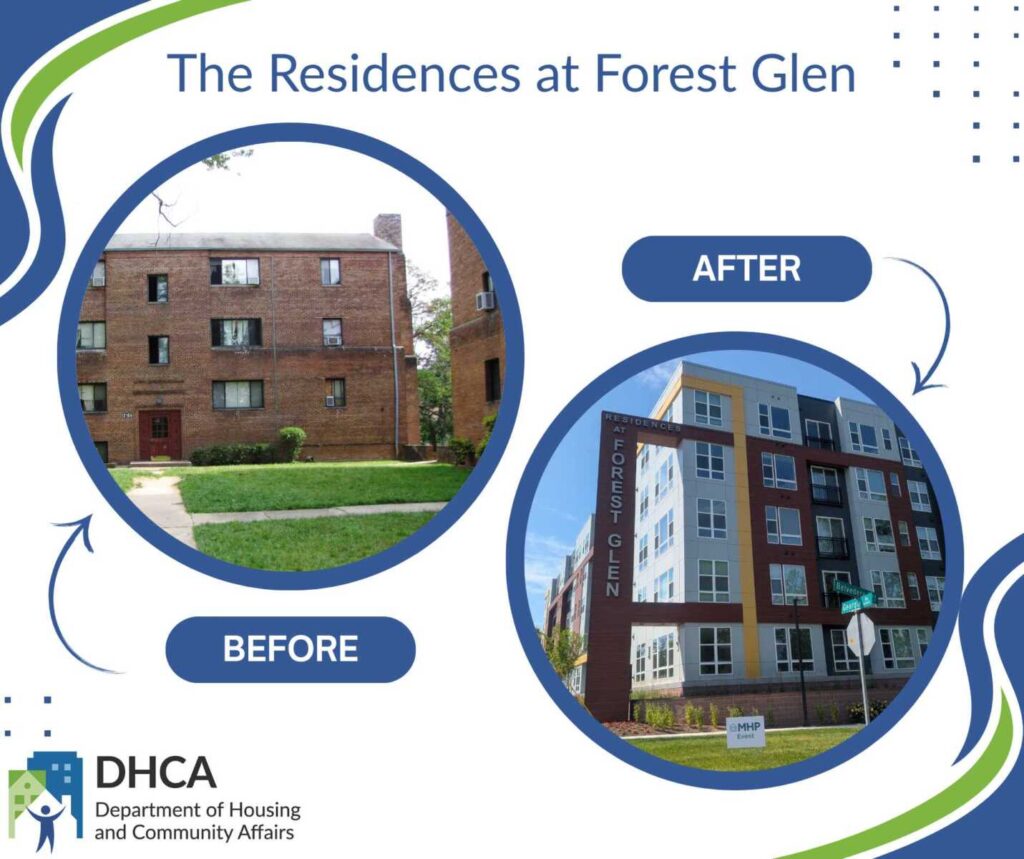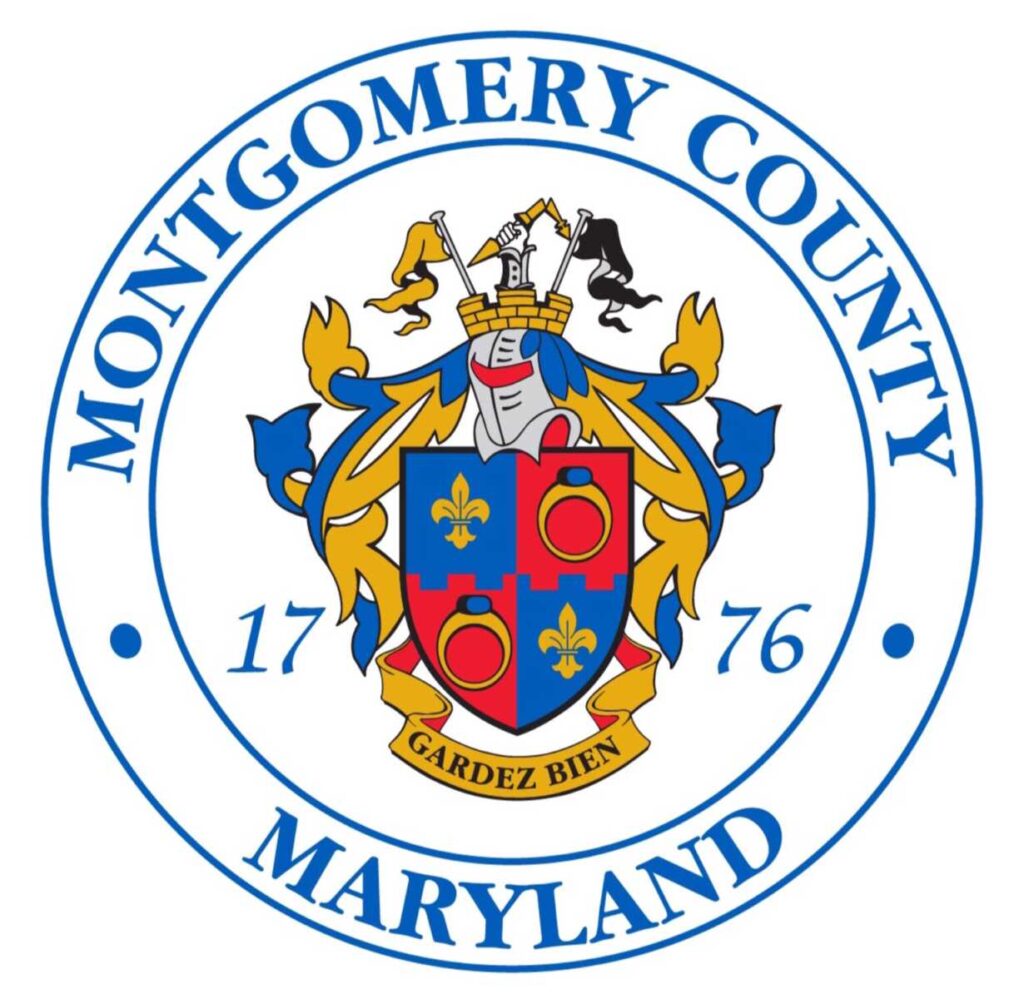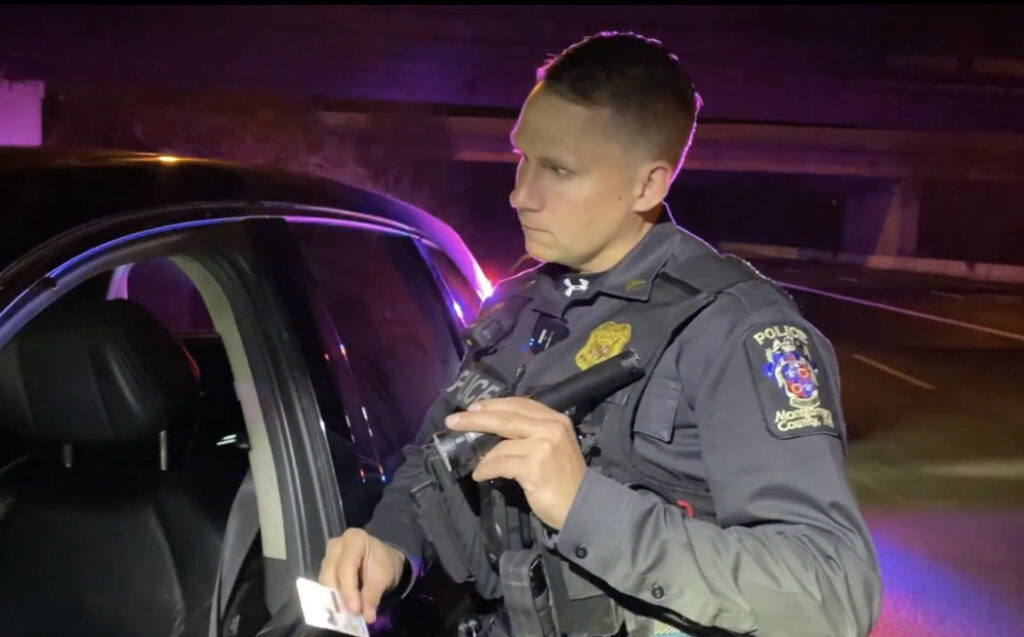In order to eradicate major injuries and fatalities between July 2025 and June 2026, the Montgomery County Vision Zero Steering Committee published its Fiscal Year 2026 Work Plan, which details road safety improvements, enforcement actions, and educational programs.
Officials have highlighted quantifiable accomplishments on critical corridors since the program’s beginning. The plan includes increased infrastructure for bikes and pedestrians, focused enforcement on high-risk routes, and ongoing investments in school safety and signal modifications.
The Montgomery County Vision Zero Steering Committee published its Fiscal Year 2026 Work Plan, according to the news release, outlining the safety programs, projects, and activities planned for this fiscal year, which runs from July 1, 2025, to June 30, 2026. The goal of the Vision Zero plan is to eradicate all fatalities and serious injuries on County roads. To advance the Vision Zero 2030 Action Plan and keep making the roads safer for all, the Steering Committee revises its Work Plan annually.
Vision Zero is the name of this initiative because, according to Montgomery County Executive Marc Elrich, “we believe that no one should die or be seriously hurt just trying to cross the street, get to school, or drive to work.” We have advanced. On the roads where we have concentrated our efforts, there are serious injuries and fatalities. I value the efforts and partnerships of this cross-agency group. We’ll continue to make investments in safety enhancements, enforce reckless driving, and make our roads safer.
Projects included on the High Injury Network (HIN) are advanced annually by the Vision Zero Work Plan. These roads were determined to be the most dangerous for fatalities and severe injuries.
We have seen serious injuries and fatalities reduce on the high injury network corridors by 28 percent with our focus on safety projects, law enforcement and outreach, said the County s Vision Zero Coordinator Wade Holland. Since the beginning of our Vision Zero Initiative, this year has seen the greatest number of projects progress from design to construction.
This year’s work plan highlights include:
-
County Safety Corridors
: Two safety studies are advancing to construction for Bel Pre Road from Georgia Avenue to Layhill Road and Montgomery Village Avenue from Wightman Road to Midcounty Highway. -
State Safety Corridors
: The State Highway Administration is advancing safety projects under itsPedestrian Safety Action Plan
, including a $15 million investment for New Hampshire Avenue, based on the County s safety audit recommendations.
-
Giving Pedestrians a Head Start at Traffic Signals
: The County Department of Transportation (MCDOT) will finish conversion of 230 signalized intersections to ban right turns on red and provide pedestrians with a three to seven second head start at busy crossings in business districts and near schools. -
Building New Bikeways
: Twelve bikeway projects will be under construction with an additional 12 under design. This includes major bikeway connections to future Purple Line stations. Fenton Street, Dale Drive, Woodmont Avenue and Metropolitan Branch Trail will be under construction. -
Safe Routes to School (SRTS)
: SRTS will advance safety for students walking and biking to school through continued coordination between the County Government and public schools. Fifteen schools will have walkability audits completed and at least 10 bike rodeos (on-bike safety courses) will be held. Student education and outreach efforts will continue through the 2026 Vision Zero Youth Ambassador Cohort program. SRTS will also continue to coordinate investigations into crashes involving students walking or biking to and from school. -
New sidewalks
: More than five miles of sidewalk will be constructed. -
More Safe Speed Corridors
: Expansion of Safe Speed corridors along known dangerous corridors with the passage of a County priority bill during the 2025 Maryland General Assembly session.
“MCDOT has made significant improvements to our infrastructure since the County adopted Vision Zero. We have added bikeways and sidewalks along priority areas in school zones and high injury corridors, and we have added crosswalks and banned right turns on red to protect pedestrians at busy intersections,” said MCDOT Director Chris Conklin. More of these initiatives are already under way in an effort to improve connectivity to the upcoming Purple Line and bus rapid transit service, as well as to make recognized hazardous roads safer by design.
Along with safety initiatives, Montgomery County Police are committed to reducing the following behaviors: speeding, distraction, intoxication, failing to buckle up, and failing to yield to pedestrians or other vehicles.
According to Montgomery County Police Chief Marc Yamada, Montgomery County police officers are dedicated to improving community well-being by increasing traffic safety by holding reckless drivers accountable. Our officers are working on the first-ever summertime alcohol task force in collaboration with our state and local law enforcement partners. In an effort to curb risky driving practices, we are also collaborating with the State Highway Administration and making the most of our automated traffic safety solutions. In order to optimize our resources and tackle the primary causes of road fatalities and serious collisions, the department employs a combination of automated and officer enforcement.
Visit the Vision Zero website to find out more about the County’s efforts to improve road safety and to view projects in your area.












